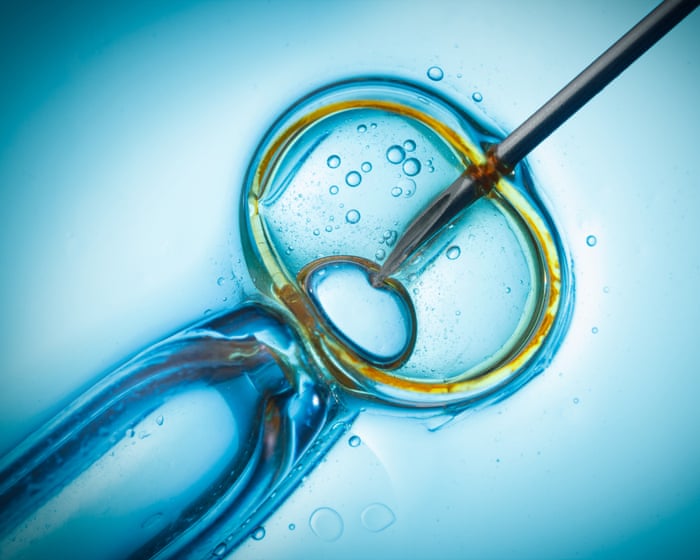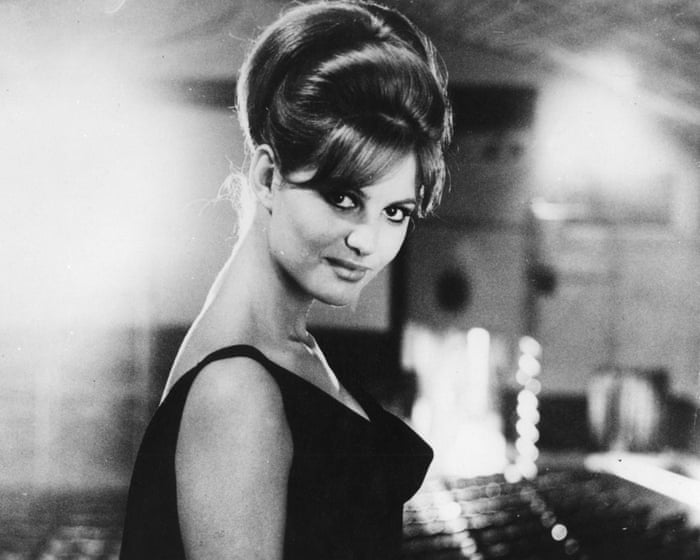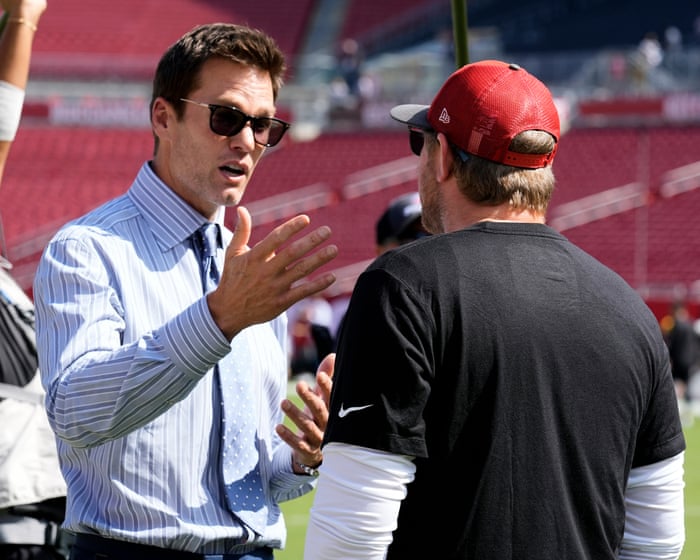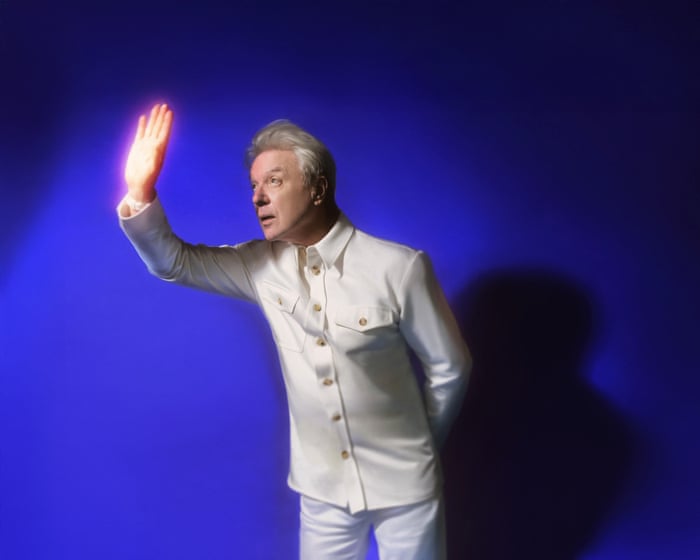The world’s “oldest baby” has been born in the U.S. from an embryo frozen in 1994, according to reports.
Thaddeus Daniel Pierce was born on July 26 in Ohio to Lindsey and Tim Pierce, using an embryo donated by 62-year-old Linda Archerd that had been frozen for over 30 years.
In the early 1990s, Archerd and her then-husband turned to in vitro fertilization (IVF) after struggling to conceive. In 1994, four embryos were created—one was implanted in Archerd, resulting in the birth of a daughter, now 30 and a mother herself. The remaining embryos were frozen and stored.
“We didn’t set out to break any records,” Lindsey told MIT Technology Review, which first reported the story. “We just wanted a baby.”
IVF is a fertility treatment where eggs are retrieved from a woman’s ovaries and fertilized with sperm in a lab. The resulting embryos can then be implanted or frozen for later use.
After her divorce, Archerd gained custody of the embryos and later learned about embryo “adoption,” a form of donation where both donors and recipients have input. She preferred the embryo go to a white, Christian married couple, leading her to choose the Pierces.
“We had a difficult birth, but we’re both doing well now,” Lindsey said. “He’s so calm. We’re amazed to have this precious baby.”
Archerd noted the resemblance between Thaddeus and her own daughter as a baby. “I compared their baby photos side by side—there’s no doubt they’re siblings,” she said.
The embryo was transferred by a fertility clinic run by Dr. John Gordon, a reproductive specialist and Reformed Presbyterian who aims to reduce stored embryos. “Our faith guides us,” Gordon said. “Every embryo deserves a chance at life—the only one that can’t become a healthy baby is the one never given the opportunity.”
In the UK, IVF births have risen from 1.3% in 2000 to 3.1% in 2023—about one in 32 births, or roughly one child per classroom. For women aged 40–44, IVF accounts for 11% of births, up from 4% in 2000. In the U.S., around 2% of births result from IVF.




